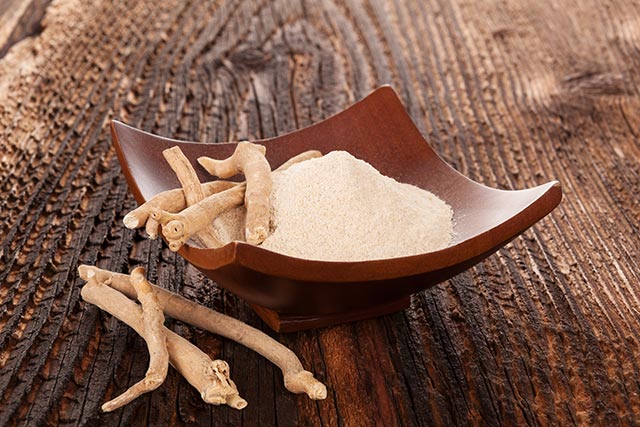Overweight after menopause? Try the Paleolithic diet for maintaining weight loss over the long term, reducing risk of diabetes
10/25/2018 / By Jhoanna Robinson

Postmenopausal women who are having a hard time maintaining their weight may want to try following the Paleolithic diet. Doing so decreases their risks of cardiovascular diseases and Type 2 diabetes, according to a new study.
“The results are remarkable. Despite giving the women free reigns to an unlimited intake, the weight loss was stable after two years. A more significant fact than weight loss was the evident improvement in levels of fat in the blood, and signs of reduced inflammation,” said Caroline Blomquist, doctoral student at the Department of Public Health and Clinical Medicine at Umea University in Sweden.
A Paleolithic diet is low in carbohydrates, high in protein, and moderate in fat consumption. Examples of foods belonging to this diet are meat (veal, lamb, goat, rabbit, among others); poultry (chicken, quail, duck, among others); fish (salmon, mackerel, sardines, tuna, bass, among others); shellfish (crabs, clams, among others); vegetables (okra, cabbage, tomatoes, among others); roots (carrots, sweet potatoes, among others); fruits (bananas, apples, oranges, avocados, among others); nuts and seeds (almonds, walnuts, macadamia nuts, hazelnuts, sesame seeds, flaxseeds, among others); mushrooms (portabello, shiitake, among others); fresh and dried herbs (parsley, lavender, basil, rosemary, tarragon, oregano, sage); spices (garlic, black pepper, mustard seeds, cinnamon, vanilla); and fats (almond butter, avocado oil, among others).
The Nordic Nutrition Recommendations also include all these food groups; however, they also advocate for the consumption of cereals, added salt, milk, refined sugars, vegetable oils, dairy, whole grains, and pulses.
Blomquist, in her doctoral dissertation, observed a group of 70 postmenopausal women who were overweight for two years. Half of the women consumed a diet according to Nordic Nutrition Recommendations while the other half ingested a Paleolithic diet. Neither group was told to make restrictions in the amount they were allowed to consume; the restrictions were devoted around the composition of the diet. The follow-ups happened after six months and then after two years.
The findings showed that both groups lost weight over the two-year period. The women who indulged in a Paleolithic diet on average dropped from 87-78 kg (an average of 9 kg or 19.8 lbs), in comparison with a drop from 86-80 kg (an average of 6 kg or 13.2 lbs) for the group that observed the Nordic Nutrition Recommendations.
Furthermore, the women who followed the Paleolithic diet experienced a significant decrease in unhealthy abdominal fat. In the Paleolithic group, there were reduced levels of certain fatty acids and blood fats, plus the enzymes that are involved in fat storage were less active.
“In conclusion, the study shows that the Paleolithic diet with a high proportion of unsaturated fats was healthier for this group of women, even if the Nordic Nutrition Recommendations also had positive health effects,” Blomquist said. (Related: Paleo for Beginners – What you need to know to Paleo.)
Postmenopausal women have a greater chance of incurring obesity, most probably due to the decrease of estrogen production coupled with an elevated energy intake and reduced physical activity.
For more articles on diets that support weight loss, visit Slender.news today.
Sources include:
Tagged Under: cardiovascular disease, cardiovascular health, Diets, estrogen production, fat storage, fats, fatty acids, fitness, functional food, high-protein diet, low-carb, Menopause, Nordic Nutrition Recommendations, obesity, paleolithic diet, postmenopausal women, slender, unsaturated fats, weight loss, women's health




















